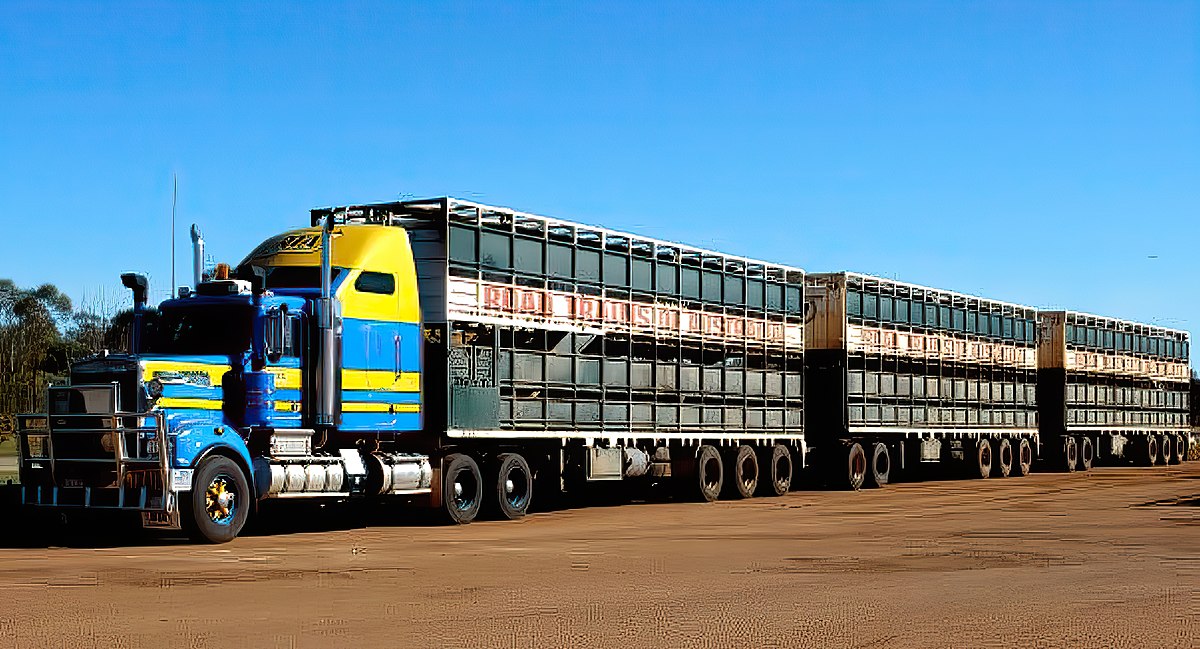I'd say this site spells out quite nicely the limited role most countries played in comparison to Australia, and I think we managed to get ourselves there without relying on the fairly limited US resources allocated.
Originally posted by Targan
View Post
Perhaps my view is clouded somewhat by the local state situation where the government is basically broke. They're pulling AU$100,000,000.00 (US$ is roughly equal) out of the local public hospital (which services a population of approximately 150,000 people) after attempting to close 15 public schools across the state (total population of about half a million) - they suffered a VERY nasty backlash. The state government, like the federal government is a hung parliment with the Greens (very minor party) holding the balance of power and so we have a lot of the same types of problems here that exists in Canberra.
My understanding is it's a different story in the West where you are Targan, what with the resources boom and all...
I believe in a multiparty system as I indicated in the Politics thread. Simplified greatly I see the Australian arrangement as basically Labor spending bucketloads of money on infrastructure projects, then the Liberals coming in and paying off all the debt. This time around Labor has basically ballsed it all up - take the roof insulation scandle, or the schools improvement - both schemes which were horribly abused to the tune of hundred of millions of dollars.
I don't see Labor themselves as the problem, just the current batch of them.
Back on topic, it does make some sense to do away with paratroops in the modern world, however I'm not convinced Australia needs a dedicated amphibious force. Capability yes, but not a force that does amphibious operations and only amphibious operations 24/7/365.


Comment